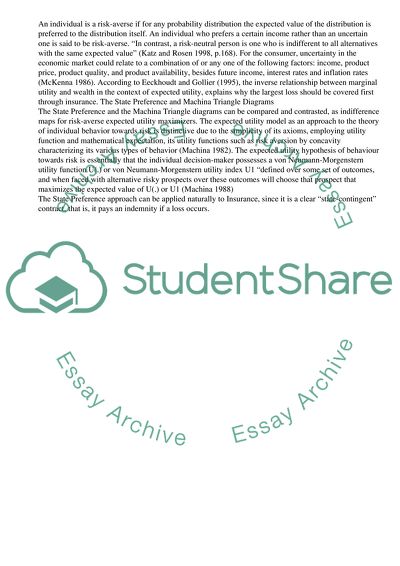Cite this document
(Risk Aversion and the State Preference Assignment, n.d.)
Risk Aversion and the State Preference Assignment. Retrieved from https://studentshare.org/management/1561682-risk-aversion
Risk Aversion and the State Preference Assignment. Retrieved from https://studentshare.org/management/1561682-risk-aversion
(Risk Aversion and the State Preference Assignment)
Risk Aversion and the State Preference Assignment. https://studentshare.org/management/1561682-risk-aversion.
Risk Aversion and the State Preference Assignment. https://studentshare.org/management/1561682-risk-aversion.
“Risk Aversion and the State Preference Assignment”, n.d. https://studentshare.org/management/1561682-risk-aversion.


